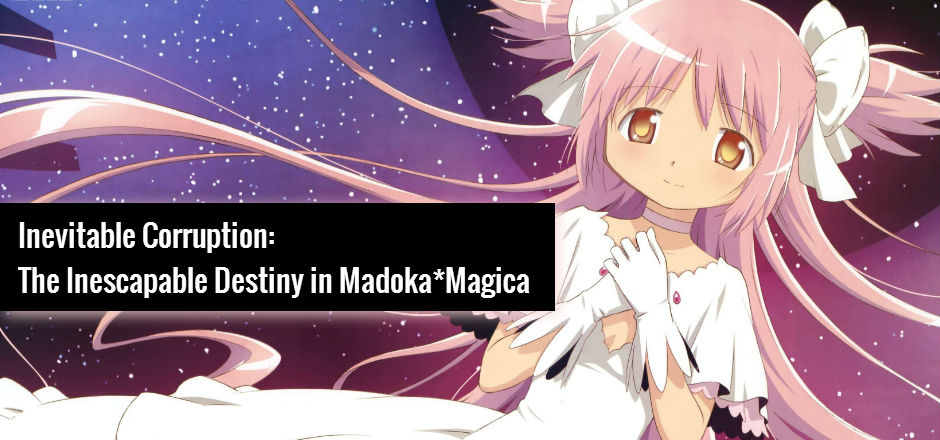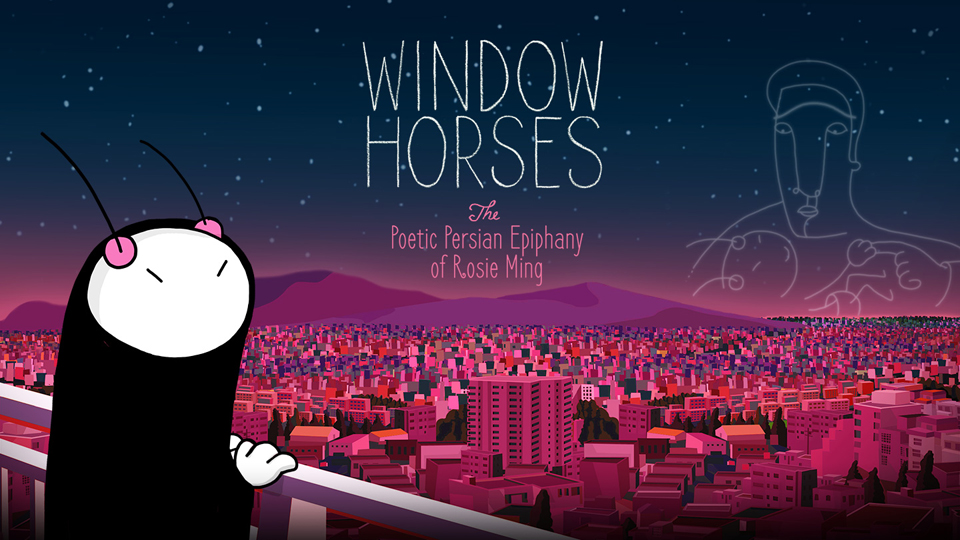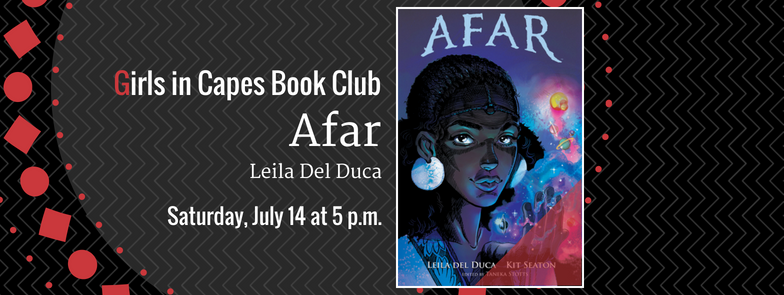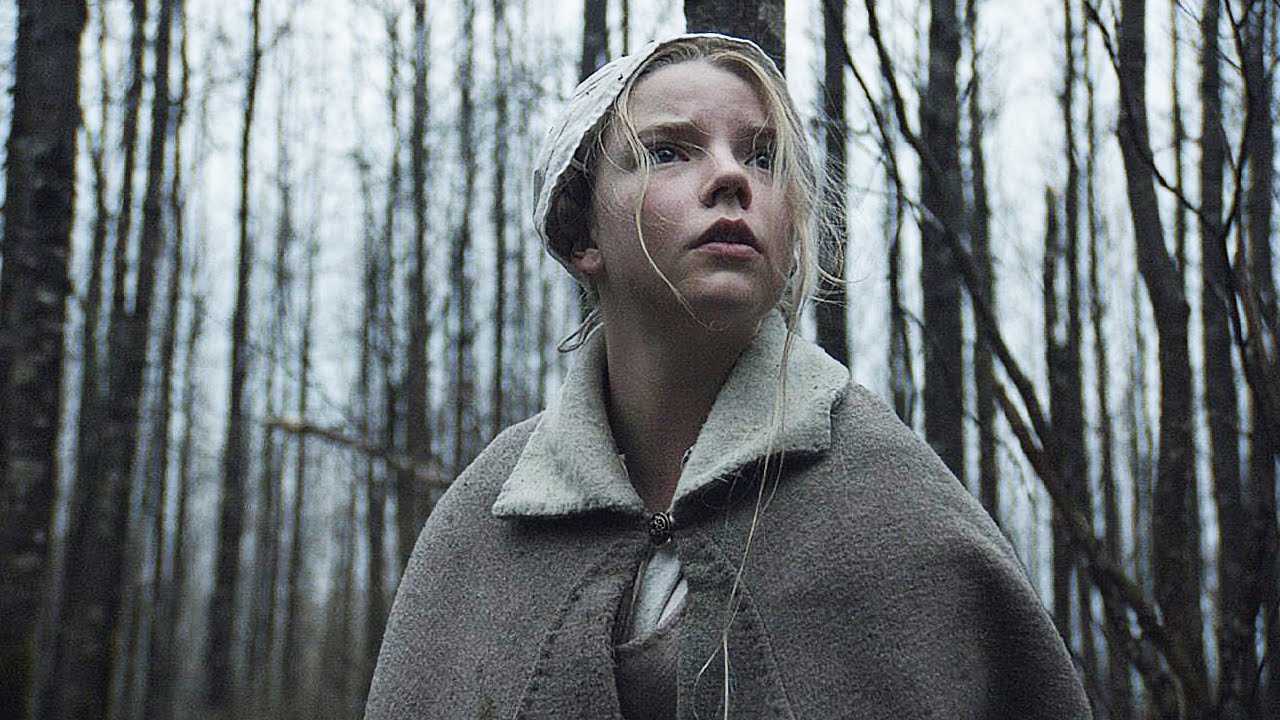Note: This is part one in a series on despair in Madoka*Magica.
This article contains discussion of the full series of Puella Magi Madoka*Magica and as such contains significant spoilers for both the anime series and assorted manga spinoffs.
There are a lot of series that we love because they give us hope. There are franchises that give us the hope that our rebellion may help us gain a better life; others teach us about the greater good or how to stand up and be proud of who we are.
Yet the darker, sadder experiences of life also tend to draw us in, and the popularity of a number of different anime and manga franchises show just how deeply we crave depictions of those experiences as well. The emotionally devastating semi-apocalyptic Attack on Titan took the U.S. by storm in 2013 — to the point that even U.S. non-genre publication Business Insider had something to say about the phenomenon. Less landmark anime and manga have also been very successful — like Angel Beats, a series set in purgatory about teens who must fulfill their unfinished desires in order to pass on, and Bokurano, which follows a mecha that takes the life force of each person who pilots it in order to defeat a a threat to Earth.
One series known almost primarily for its darkness and despair is Puella Magi Madoka*Magica, the English title for Mahou Shoujo Madoka*Magica. A cheerful girl named Kaname Madoka meets gloomy and mysterious transfer student Akemi Homura just as she meets an older girl named Mami who introduces her and her best friend, Sayaka, to the world of magical girls, heralded by a strange dog-like creature named Kyuubei.
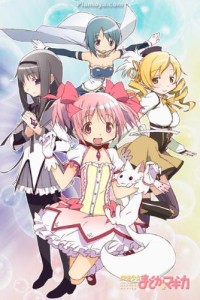
Key visual for the 2011 anime Mahou Shoujo Madoka*Magica.
While the key visuals for the series emphasized the “cute magical girl” style, complete with Kyuubey’s adorable mascot-style design, the anime isn’t the “cute girls doing cute things” story that the poster (see right) would suggest.
Because though Madoka and Sayaka start the series excited by the glory and the rush of power that being a magical girl entails, by the end of Episode 3, the story takes a much darker turn when Mami, the shining yellow magical girl and the mature older sister type, has her head bitten off by a witch before the two girls’ eyes.
The fates of the other girls are no better. Kyouko, the fifth girl in the series, is also killed in battle by a witch; Homura is revealed to have repeated the same month a hundred times, her wish being to prevent Madoka from becoming a magical girl and saving her life. And Madoka herself *
Madoka*Magica is without a doubt one of the most depressing anime I’ve ever seen. When I watched it for the first time, I cried more or less straight through the last three episodes. Yet it’s also without a doubt one of my favorite anime of all time.
And I’m not alone in that: aside from the original anime, there have been numerous manga adaptations and spinoffs, as well as an epilogue-style movie with an ending even more devoid of hope than the anime. (But more on that later.)
But if it’s so depressing, why do people love it so much?
—
[dropcaps]S[/dropcaps]ome series maintain that death is the greatest pain and the greatest evil that can be inflicted on a character. Yet in the world of Madoka*Magica, there is without a doubt at least one fate worse than death: a magical girl’s almost-inevitable corruption and transformation into the mindless, insane monstrosities known in the series as witches. (This is a bit of Japanese wordplay that doesn’t translate so smoothly into English: the Japanese term for “magical girl” is mahou shoujo, and the term for “witch” is majou.)
In the main series of the anime, this is the fate of Madoka’s best friend, Sayaka. While Mami and Kyouko are both killed in battle, Sayaka is a prime example of a theme that’s used throughout many of the other spinoffs and adaptations in the franchise. As she learns more about what being a magical girl entails, she loses her sense of herself as a human, and that sends her in a spiral of self-destructive despair.
[blocktext align=”left”]Yet in the world of Madoka*Magica, there is without a doubt at least one fate worse than death.[/blocktext]It’s Sayaka who shows viewers how horrifying and painful the process of a magical girl becoming a witch truly is. She is clearly in pain; she clearly regrets what’s happening. And there’s no way to end her pain except to destroy her.
She also clearly did not understand what she was signing up for when she accepted the contract with Kyuubey in an earlier episode. It’s this point that Homura hopes will drive home to Madoka — to understand that to enter the magical girl contract is a life-devastating decision.
Eerily enough, the contract to become a magical girl has an almost creepy similarity to many situations young people find themselves in when they don’t have a full understanding of what they’re getting themselves into. Credit cards, student loan debt, bad leases — the possible parallels to real life are astounding. (Granted, my name on that credit card statement won’t turn me into a malformed creature with a warped soul only capable of destruction. But you see what I’m trying to get at.) Despair is one of the last situations we truly care to think about, but it’s possibly the single unifying experience of adolescence.
It is also, as I mentioned above, an inevitability in the world Madoka and her friends inhabit. Even in the series’ conclusion, Madoka’s self-sacrifice to end the witches’ threat still doesn’t deliver the magical girls of the world from their fate: her wish simply destroys the magical girls in the moment before their soul becomes fully corrupted.
Madoka sacrifices her family, her friends, and her chance at a normal life to become something akin to a goddess. Yet despite the incredible power her wish grants her at the end of the series, she still lacks the power to prevent the corruption of her friends and any of the other magical girls in the world. Her only power is to kill them before the transformation is complete.
Madoka can’t save them from becoming corrupted. She can only put them out of their misery.
—
[dropcaps]I[/dropcaps]n the Wikipedia article that summarizes the episodes, it describes the state of magical girls becoming witches as occurring “after exhausting their hope.” Sayaka, whose despair leads to her untimely corruption, has fully exhausted her hope. Homura, exhausted from trying and failing a hundred times to change the course of history, seems to be nearing her own end, her hope of saving Madoka almost extinguished.
Madoka*Magica can be viewed as an expression of how daunting and full of despair adulthood can be. A single decision can lead to your downfall; your own ignorance can be your total undoing.
Yet it also shows us nobility and hope that shines through the darkness. Homura’s enduring love for Madoka led her to repeat the same timeline a hundred times in her attempt to save her; Madoka’s love for the world is so great that it increases her magical potential beyond anything the world has seen before.
In the face of despair and darkness, love may not conquer all. After all, when Madoka essentially becomes a goddess, she and Homura will essentially be separated for eternity. But the sacrifice made by two people brings peace to countless girls throughout the ages — girls whose souls would otherwise have become inevitably corrupted. No magical girl can escape the darkness that accompanies her duty to the world, but because of love, it will never destroy her.
—
Feliza Casano edits and writes for all sections of the site. She’s still really, really upset about what happens to Homura. Keep up with her antics at felizacasano.com and follow her on Twitter @FelizaCasano.
This essay is part of Madoka*Magica Week 2016. Check out other posts in the series here.
